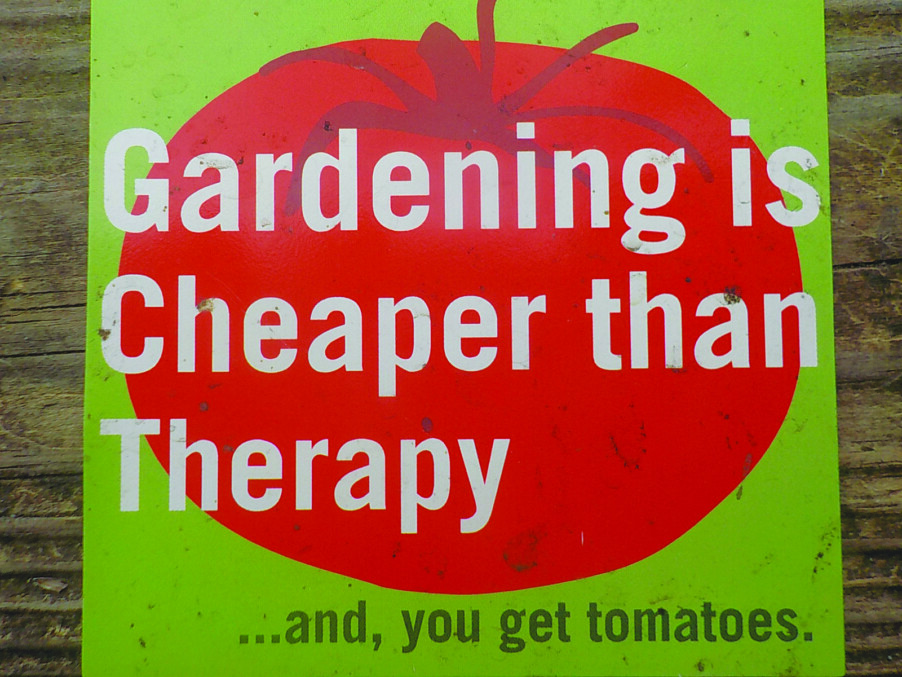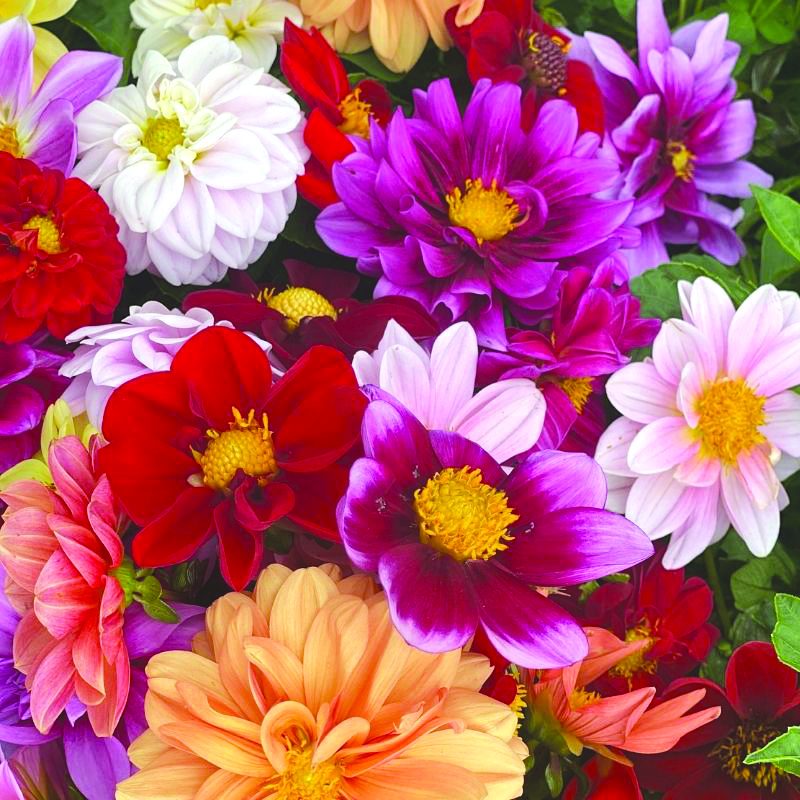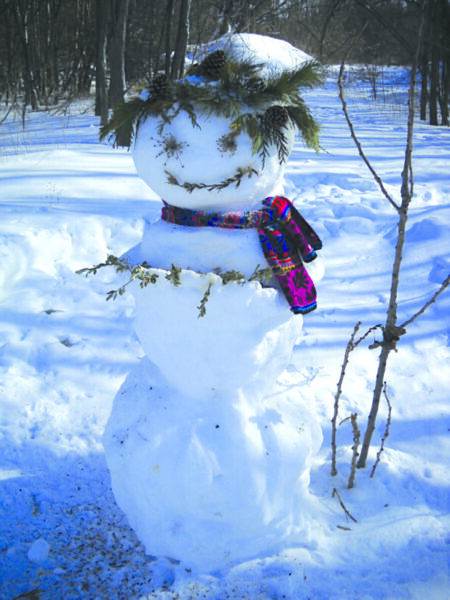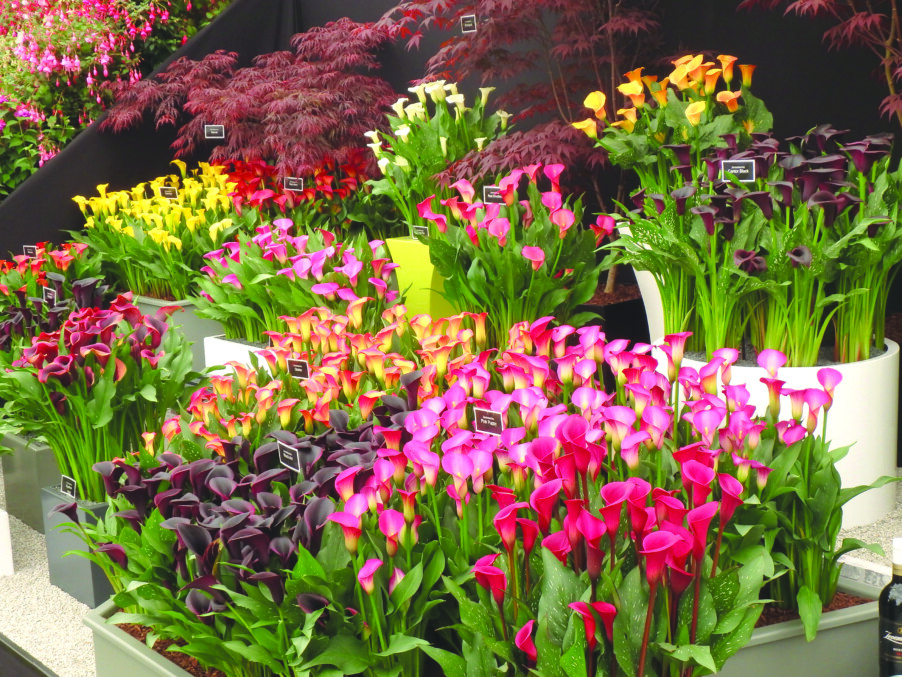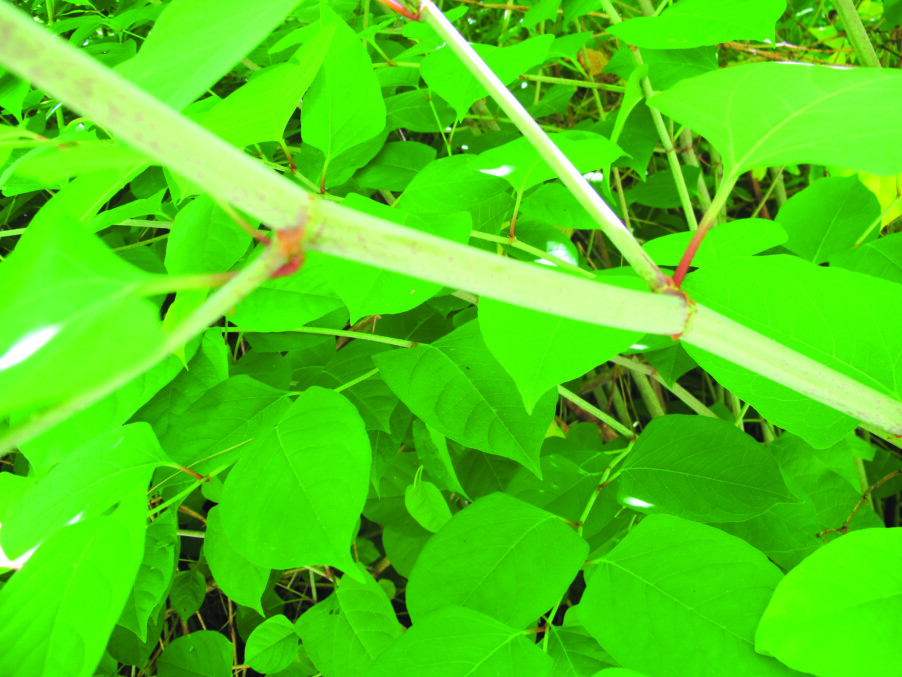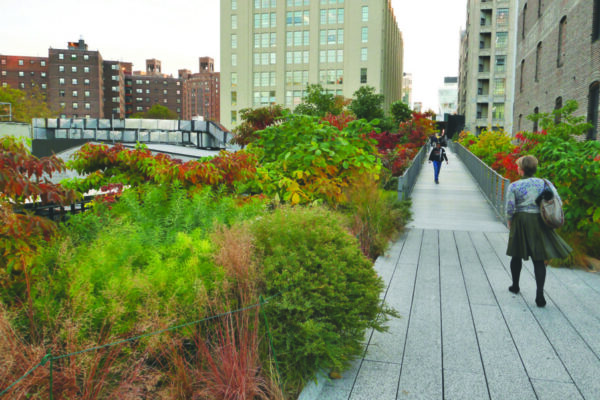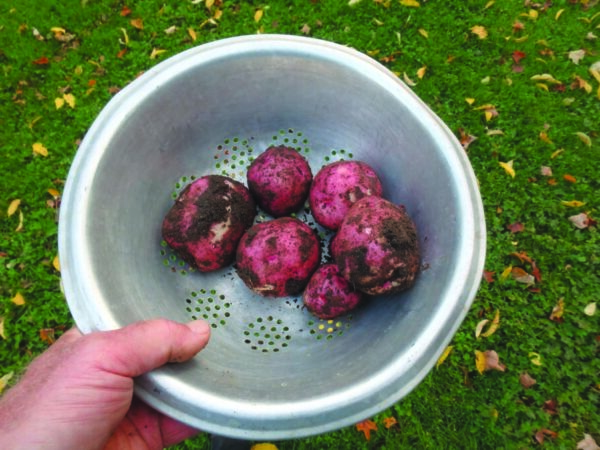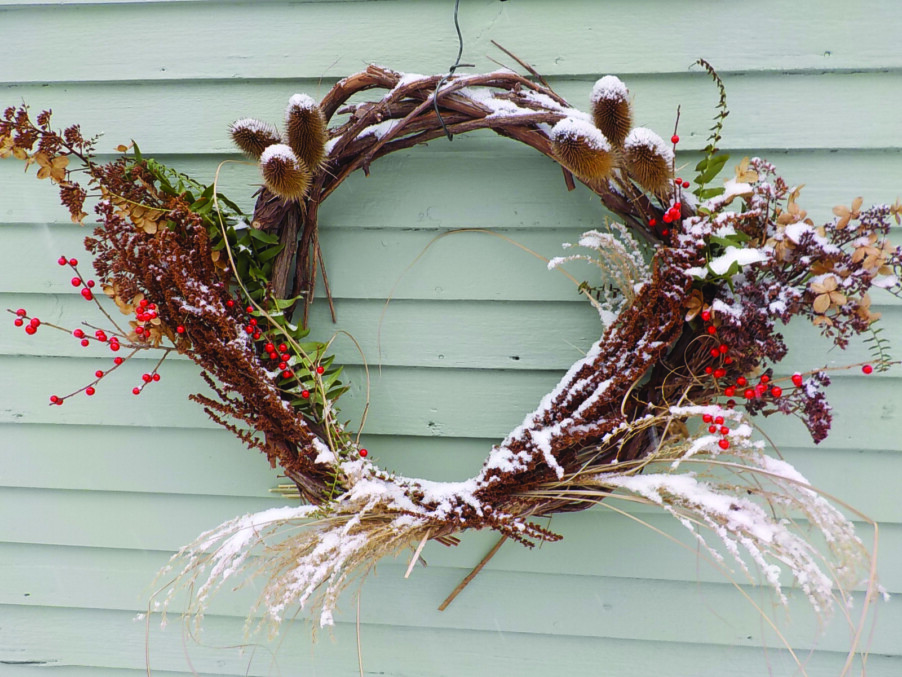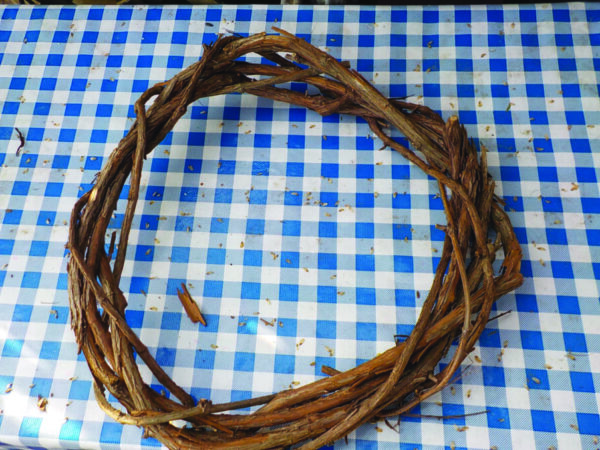Plant your seeds indoors
By now many gardeners are fed up with winter: icy sidewalks, misplaced mittens and dogs that need to go out at 5 below zero. But it will soon be time to start planting seeds indoors, so you might want to start getting ready now.
It’s true that greenhouses and garden centers do a nice job of starting plants if you are not interested in babying seedlings along for 8 to 12 weeks. I do let them start some for me but find that there are plenty of things I want to grow that are not available. So I do both. I start some now and buy others later.
In order to be successful with your seed-starting efforts, you will need supplemental lights. If you try to save money and just start a few seedlings on a sunny windowsill, you will most likely be disappointed. Even under the best conditions, direct sun only reaches your seedlings about six hours a day, much less than they need.
Fluorescent lights are the least expensive solution to the need for supplemental light. My fixtures are 4 feet long and use two T-8 tubes each. The fixtures are available at hardware and big box stores, and cost from $16 to $40 each, depending on where you buy them.
T-8 tubes use 32 watts of energy per hour, while older-model T-12 tubes use 40 watts. This year I bought some LED bulbs that fit my 4-foot fluorescent fixtures but use only half the electricity. I’m switching over to LED for the sake of the environment, but as the tubes cost about $8 each, I am spreading out my purchases over a few years. If you want to make the switch, make sure the package says they do not require any rewiring of the fixtures (older models did require that). One nice thing about the LED lights is that they don’t break if you bump them hard or drop them. Select lights that are 4000K or 5000K color spectrum, which are close to daylight color.
I use a biodynamic calendar called Stella Natura to help decide on planting dates. It uses the sun, moon and stars to determine the best time and day to plant four categories of plants: flowers, fruit, leaf and root. It also has “blackout” days when nothing should be done. I am not 100 percent convinced that this calendar really works, but have done some informal experiments planting seeds on their suggested days, and on blackout days, and it seemed to make a difference.
Read the seed packages carefully if you are new to starting indoors. Onion-family plants and peppers take a long time to develop, so most people start them in early March, though I started my onions and scallions on Feb. 20 this year. Tomatoes I start around April 10 — I don’t want them to get root-bound or too tall before I put them out on June 10. If you plant outside earlier, start seeds earlier.
Not everything needs to be started indoors. Most root crops are direct seeded in the garden, though you can start beets indoors. Some flowers hate to be transplanted — larkspur, for example, which also needs cold temperatures after planting. Lettuce can be planted indoors or out, or both. I like to get some started early indoors. All the cucumber family plants I start indoors four to five weeks before planting outside as this protects them from striped cucumber beetles when they first germinate.
An important key to success with your seedlings is to water properly. If seeds dry out before they germinate, or when they are tiny, they are likely to fail. On the other hand, keeping seeds soggy all the time can lead to root rot. Check them every day. If you see the planting mix turn a lighter color or if it feels dry to the touch, water. I water with a dilute solution of fish or seaweed fertilizer once a week.
To get seedlings to wake up and start to grow, I use heat mats sold for that purpose. They plug in and gently warm the seed flats. But I only use them until most seeds have germinated as too much heat for seedlings is bad. For one thing, the “soil” dries out fast with extra heat. I prevent that by using clear plastic covers sold to fit over the flats, creating mini-greenhouses that hold in the moisture.
I mostly use flats with 32 cells per trays that are roughly 9 by 18 inches, although others are sold with up to 108 cells per flat. I want plenty of room for roots to grow, so I buy cells that are as deep as I can find. I plant two or more seeds in each cell, just in case one seed does not germinate. For onions, I plant three or four seeds per cell, as they don’t mind a little crowding.
Most seeds germinate about 90 percent of the time. For tomatoes I sometimes snip off one plant when young, other times I let both grow, and separate them and replant both in bigger pots when they are 4 to 6 inches tall. For me, it’s hard to kill seedlings by snipping them off and I can always share seedlings with others.
Garden centers and catalogs sell a variety of stands with lights for growing seedlings. Most are quite expensive. You can also go to my website, gardening-guy.com, and search for “Building a Plant Stand.” That will give step-by-step directions for building an inexpensive A-frame plant stand that will hold six flats, and have room below it for four to six more flats on the floor.
Starting seedlings is not rocket science. It involves some investment, but the lights and plant stands last nearly forever. And, as the bumper sticker says, “Growing Tomatoes Is Cheaper than Therapy — and You Get Tomatoes!”
Featured photo: Photo courtesy of Henry Homeyer.

